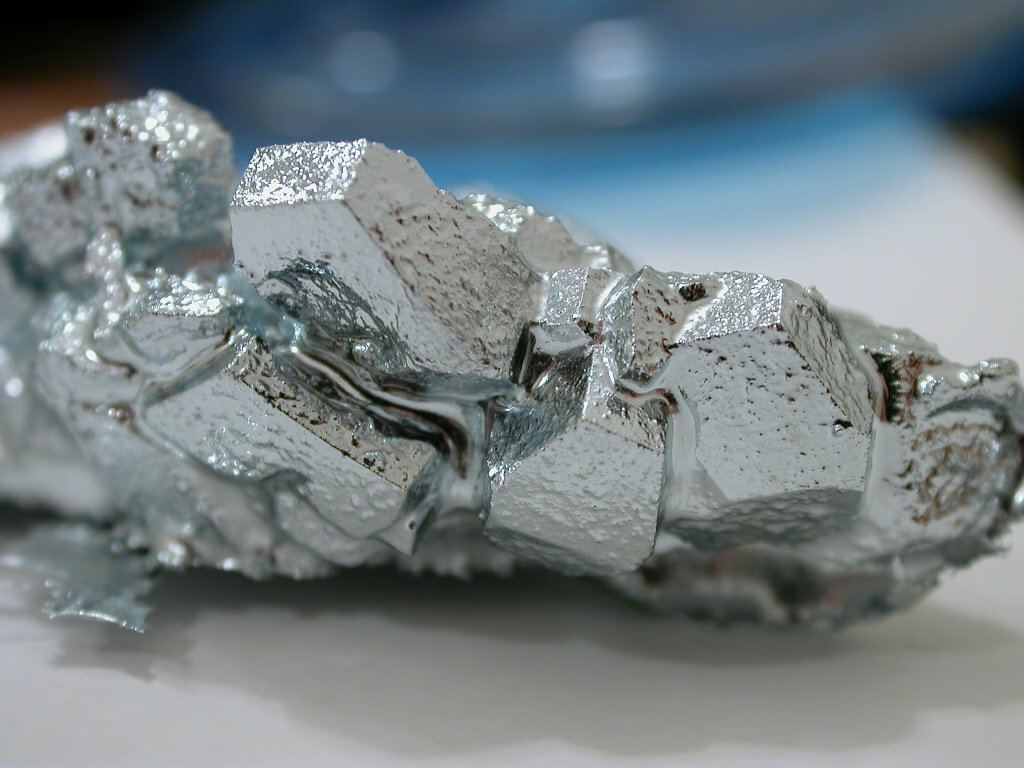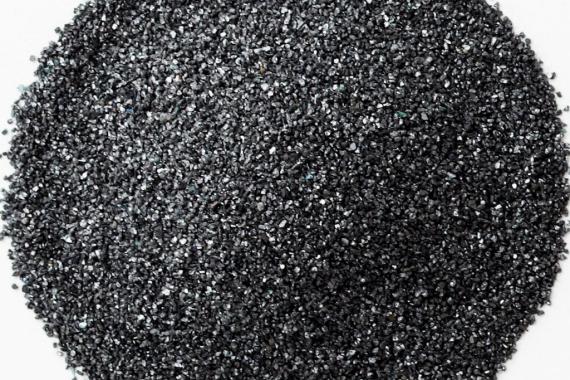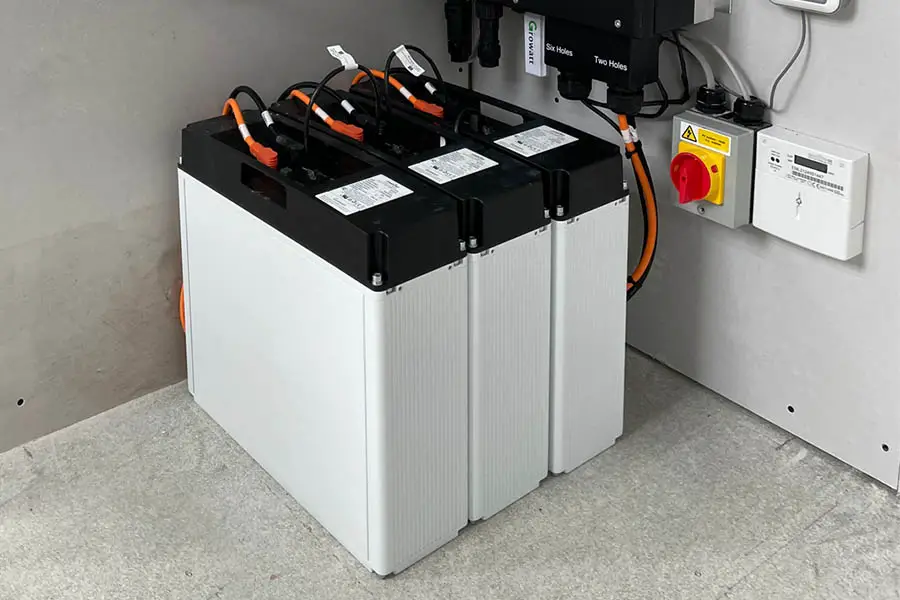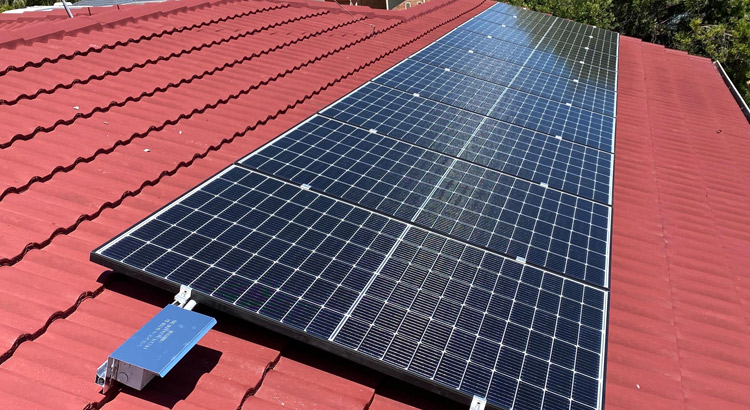The solar energy industry is undergoing rapid advancements, with new technologies continually emerging to enhance the efficiency, reliability, and affordability of solar power systems. Among the most promising innovations in this field is the microinverter, a key component in the evolution of solar energy. Unlike traditional central inverters, microinverters are installed on each solar panel, optimizing the performance of individual panels while enabling greater flexibility in system design. As the demand for solar energy grows, the future of microinverters looks exceptionally bright, driven by innovations in materials, efficiency improvements, and enhanced integration with energy storage systems. This article explores these trends and predicts how they will shape the solar energy sector in the coming years.
1. Microinverter - Material Innovations
One of the key factors driving the evolution of microinverters is the ongoing innovation in materials. Traditionally, microinverters have relied on silicon-based semiconductors, but the search for more efficient and cost-effective materials is intensifying. New semiconductor technologies, such as gallium nitride (GaN) and silicon carbide (SiC), are beginning to replace traditional silicon in microinverter designs.
Gallium Nitride (GaN): GaN has been hailed as a game-changer in power electronics due to its superior performance compared to silicon. GaN transistors can operate at higher frequencies, with lower losses, and over a wider temperature range, all of which contribute to more efficient and compact microinverters. GaN-based microinverters are also more durable, with a longer operational lifespan, making them an attractive choice for both residential and commercial solar applications.

Silicon Carbide (SiC): SiC is another promising material that has gained attention in the development of high-performance microinverters. SiC transistors can handle higher voltages and temperatures than silicon, allowing for more efficient power conversion. As the solar industry shifts towards higher voltage systems, SiC will become increasingly essential in ensuring that microinverters can meet these demands without compromising efficiency or reliability.

These material innovations are not only enhancing the performance of microinverters but also enabling the development of more compact, lightweight, and cost-effective designs, which will contribute to the widespread adoption of solar energy worldwide.
2. Microinverter - Efficiency Improvements
Microinverters are already known for their ability to maximize the performance of individual solar panels, but ongoing advancements in efficiency are set to further elevate their potential. The key to this progress lies in improving power conversion efficiency (PCE), the ratio of output power to input power.
Microinverters are typically more efficient than traditional central inverters because they prevent energy losses caused by shading, panel misalignment, or other environmental factors. However, as solar panel technologies themselves continue to improve, microinverters must evolve to keep up.
High-Efficiency Designs: Manufacturers are constantly refining the design of microinverters to maximize power output while minimizing energy losses. Advanced power electronics and optimized algorithms are enabling microinverters to operate more efficiently under a wider range of conditions, particularly in areas with variable sunlight. As solar panels become more efficient, the microinverter's role in converting energy into usable power becomes even more critical, ensuring that every photon is harnessed to its maximum potential.
Smart Microinverters: Another major development is the integration of smart technology into microinverters. With the advent of Internet of Things (IoT) connectivity, microinverters are now capable of real-time monitoring and optimization of solar panel performance. This connectivity allows for remote diagnostics, ensuring that microinverters operate at peak efficiency and that any issues can be quickly identified and addressed. In the future, we can expect microinverters to become even smarter, leveraging artificial intelligence (AI) to optimize the performance of the entire solar energy system, not just individual panels.
3. Microinverter - Integration with Energy Storage Systems
One of the most exciting trends in the solar energy sector is the increasing integration of microinverters with energy storage systems. Energy storage is becoming an essential component of solar power systems, allowing homeowners and businesses to store excess energy generated during the day for use at night or during periods of low sunlight. This integration will play a crucial role in the widespread adoption of solar energy by addressing the intermittency issues traditionally associated with solar power.
Seamless Integration with Batteries: Modern microinverters are being designed to work seamlessly with energy storage systems, such as lithium-ion batteries, to optimize energy usage. By pairing microinverters with smart battery management systems, users can store excess solar power during the day and automatically discharge it when needed. This enables a more reliable, off-grid solar energy solution, which is particularly beneficial in regions with unstable grids or frequent power outages.

Enhanced Grid Stability: As microinverters become more integrated with energy storage systems, they will also contribute to grid stability. By enabling decentralized power generation and storage, microinverters can help mitigate the strain on traditional power grids, especially during peak demand periods. This decentralization will empower consumers to become active participants in the energy market, providing them with greater control over their energy consumption and costs.

4. The Future of Microinverters: Driving Solar Industry Growth
As microinverters continue to evolve through material innovations, efficiency improvements, and integration with energy storage systems, they will play a pivotal role in the future of solar energy. The increased efficiency of microinverters will allow solar power to become more cost-competitive with traditional energy sources, helping to drive the global adoption of solar energy.
Furthermore, as microinverter technology becomes more integrated with other smart grid and energy management systems, it will contribute to the development of smarter, more resilient, and sustainable energy infrastructures. The growing demand for energy storage solutions, combined with the scalability and flexibility of microinverters, will make solar energy even more accessible and reliable for homeowners, businesses, and utilities alike.
In conclusion, the future of microinverters is bright, with advancements in materials, efficiency, and integration poised to transform the solar energy landscape. As these technologies continue to mature, they will help drive the transition to a cleaner, more sustainable energy future, making solar power a viable and attractive option for a broader range of consumers and industries around the world.
Introducing Mushroom Solar: Leading the Way in Microinverter Solutions

At Mushroom Solar, we are dedicated to bringing cutting-edge solar solutions to the forefront of the renewable energy revolution. Specializing in high-quality microinverters, we are committed to providing innovative products that not only enhance the efficiency of solar power systems but also integrate seamlessly with energy storage systems to ensure reliable and sustainable energy usage.
Our microinverters are designed with the latest technologies, offering superior performance, durability, and scalability. Whether you're a homeowner looking for a reliable off-grid solution or a business seeking to optimize energy consumption, Mushroom Solar's microinverters offer the perfect balance of efficiency and cost-effectiveness.
We also provide advanced energy management systems that work in harmony with our microinverters, giving you complete control over your energy usage. As we continue to innovate and expand our product offerings, Mushroom Solar remains at the forefront of driving the growth and adoption of solar energy worldwide.
Visit us at Mushroom Solar to learn more about our products and solutions. Join us in shaping the future of energy and contributing to a more sustainable world.


